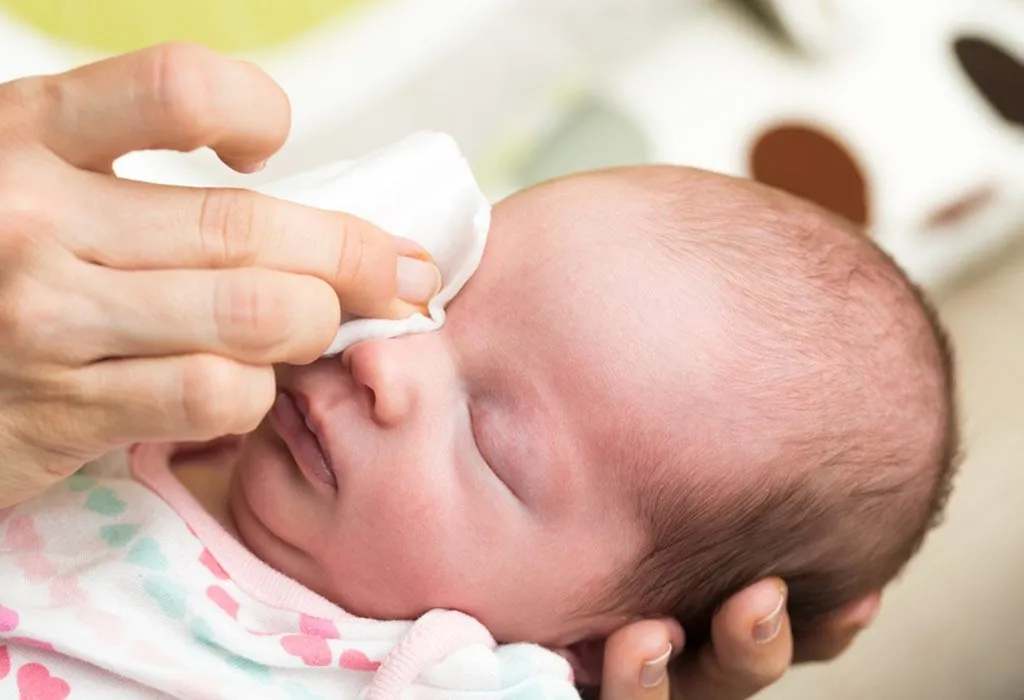
Baby Eye Care: A Comprehensive Guide for Parents
The arrival of a newborn brings immense joy and responsibility. As parents, ensuring the well-being of our little ones becomes our utmost priority. Among the various aspects of baby care, eye health holds paramount importance. Understanding the unique needs of a baby’s eyes and providing proper care can help prevent potential vision problems and ensure optimal eye development.
Anatomy of a Baby’s Eye
The structure of a baby’s eye differs from that of an adult. The cornea, the clear outer layer of the eye, is thinner and more delicate in babies. The lens, responsible for focusing light, is also more flexible. The retina, the light-sensitive tissue at the back of the eye, is still developing and contains fewer photoreceptors than an adult’s.
Common Eye Conditions in Babies
While most babies are born with healthy eyes, certain eye conditions can arise during infancy. Some of the most common include:
- Conjunctivitis (Pink Eye): A bacterial or viral infection that causes inflammation and redness of the conjunctiva, the clear membrane covering the white part of the eye and lining the eyelids.
- Strabismus (Crossed Eyes): A condition where the eyes do not align properly, causing one eye to turn inward or outward.
- Nystagmus: Involuntary, rapid eye movements that can be caused by various underlying conditions.
- Ptosis (Droopy Eyelid): A condition where the upper eyelid droops, partially or completely covering the eye.
- Retinopathy of Prematurity (ROP): A condition that affects premature babies and can lead to vision loss if not treated promptly.
Signs and Symptoms of Eye Problems in Babies
Babies cannot verbally express their discomfort or vision problems. Therefore, it is crucial for parents to be observant and watch for any signs or symptoms that may indicate an eye issue. These include:
- Excessive tearing or discharge from the eyes
- Redness, swelling, or crusting around the eyes
- Squinting or closing one eye frequently
- Difficulty following objects with their eyes
- Head tilting or turning to one side
- Sensitivity to light
Importance of Early Eye Exams
Regular eye exams are essential for monitoring a baby’s eye health and detecting any potential problems early on. The American Academy of Pediatrics (AAP) recommends the following schedule for eye exams:
- Within the first few days of life: To check for any birth defects or infections
- At 6 months: To assess eye alignment and overall eye health
- At 1 year: To screen for vision problems and eye coordination
- At 3 years: To perform a comprehensive eye exam, including vision testing
Home Care for Baby Eyes
In addition to regular eye exams, parents can play a vital role in maintaining their baby’s eye health through proper home care. Here are some tips:
- Keep eyes clean: Gently wipe your baby’s eyes with a clean, damp washcloth to remove any discharge or crust.
- Protect from bright light: Avoid exposing your baby to direct sunlight or bright artificial light. Use sunglasses or a hat with a brim when outdoors.
- Encourage eye tracking: Engage your baby in activities that encourage eye tracking, such as playing peek-a-boo or showing them colorful toys.
- Avoid rubbing eyes: Teach your baby not to rub their eyes, as this can spread infections or irritate the eyes.
- Use eye drops cautiously: Only use eye drops prescribed by a healthcare professional.
When to Seek Medical Attention
If you notice any signs or symptoms of an eye problem in your baby, it is important to seek medical attention promptly. Some conditions, such as ROP, require immediate treatment to prevent vision loss.
Conclusion
Baby eye care is an essential aspect of ensuring the overall health and well-being of your little one. By understanding the unique needs of a baby’s eyes, providing proper home care, and attending regular eye exams, parents can help their babies maintain healthy vision and prevent potential eye problems. Remember, early detection and intervention are crucial for optimal eye development and a lifetime of clear vision.
